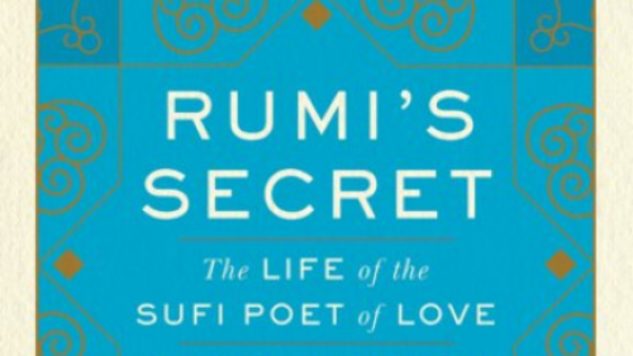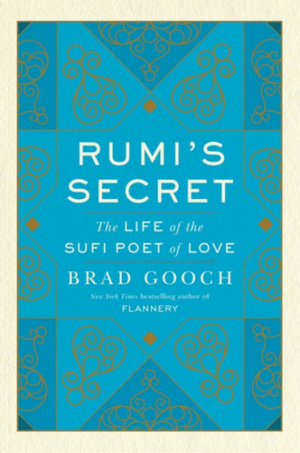Brad Gooch Chronicles the Iconic Sufi Poet’s Life in Rumi’s Secret

Centuries after his death, the Sufi poet Rumi is still a phenomenon. Translations of his work routinely top bestseller lists—and have for decades. On sites like Pinterest, his verses are posted, shared, and liked so often that even people who aren’t familiar with his name would likely recognize a line or two of his work. But many know little about Rumi beyond his poetry, and Brad Gooch’s new biography aims to change. Rumi’s Secret: The Life of the Sufi Poet of Love offers historical context and illuminates the ways in which Rumi’s otherworldly work was shaped by remarkable reality.
 Rumi was born Jalal ad-Din Muhammad Balkhi in Balkh, near modern Tajikistan and Afghanistan, in 1207. His father was a well-known religious leader who straddled Sufism and Sunni Islam, a combination of tradition that Rumi himself would eventually make the cornerstone of his own teachings. Given his father’s high station and close relationship with leaders across the Persian Empire and into Anatolia, Rumi’s family was able to travel widely. By the time he reached adulthood, Rumi had seen Samarkand, Baghdad, and Damascus, among numerous other towns and caravan routes. His family eventually settled in Konya, a cosmopolitan city with a diverse population.
Rumi was born Jalal ad-Din Muhammad Balkhi in Balkh, near modern Tajikistan and Afghanistan, in 1207. His father was a well-known religious leader who straddled Sufism and Sunni Islam, a combination of tradition that Rumi himself would eventually make the cornerstone of his own teachings. Given his father’s high station and close relationship with leaders across the Persian Empire and into Anatolia, Rumi’s family was able to travel widely. By the time he reached adulthood, Rumi had seen Samarkand, Baghdad, and Damascus, among numerous other towns and caravan routes. His family eventually settled in Konya, a cosmopolitan city with a diverse population.
-

-

-

-

-

-

-

-

-

-

-

-

-

-

-

-

-

-

-

-

-

-

-

-

-

-

-

-

-

-

-

-

-

-

-

-

-

-

-

-








































